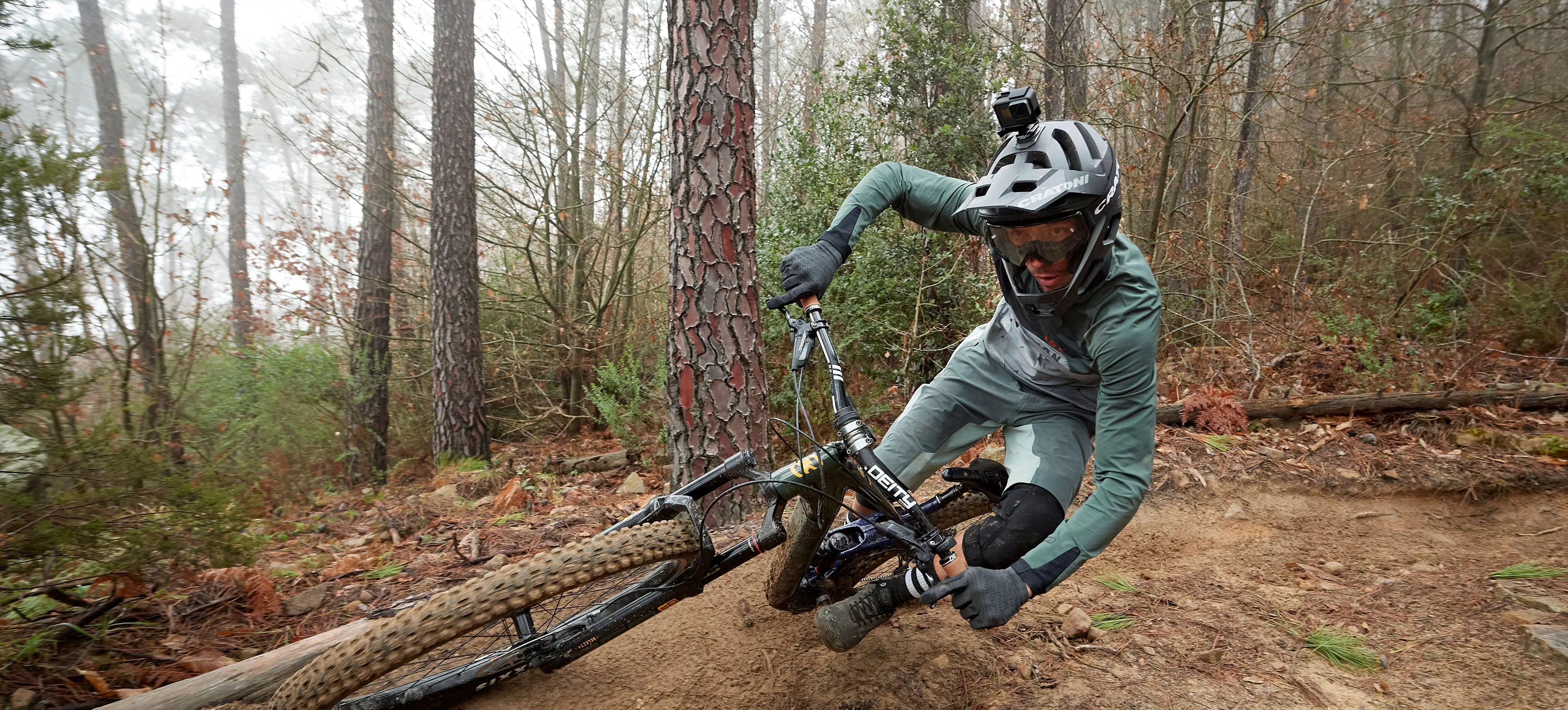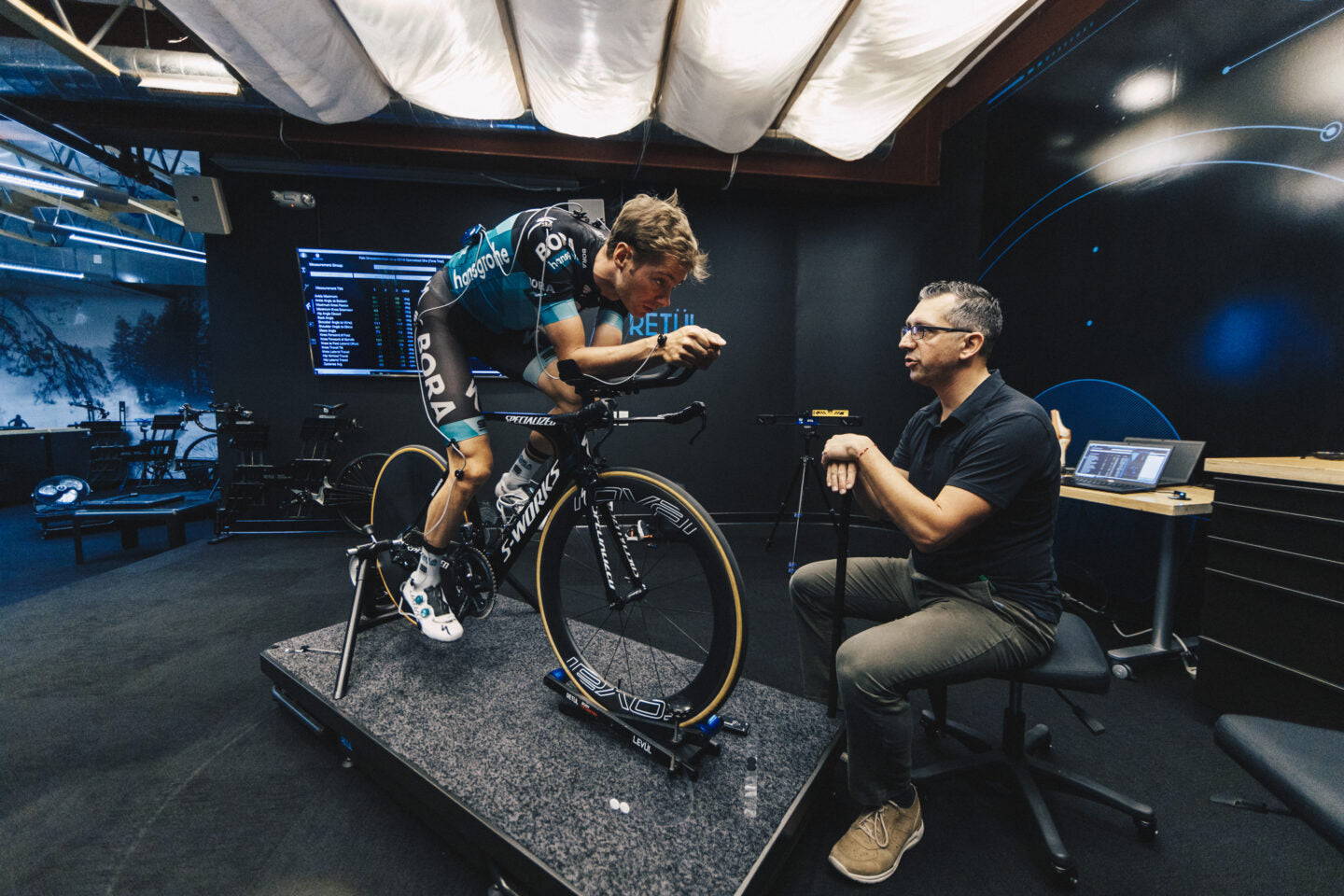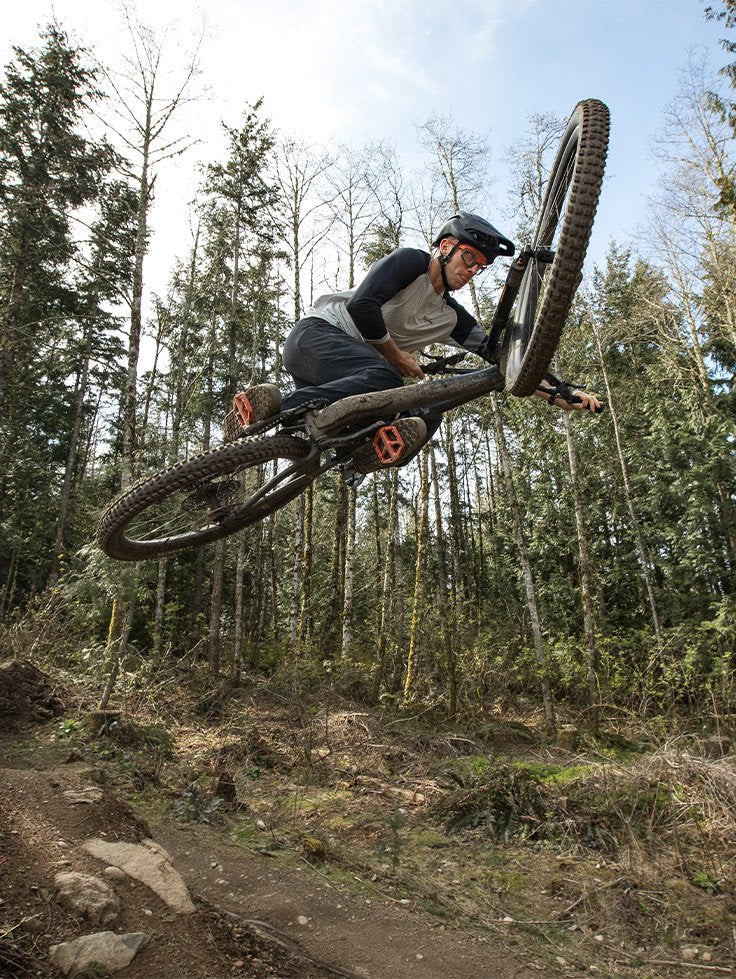Downhill cycling is filled with speed, adrenaline, and moments that push the limits. Every second carries the possibility of encountering the unexpected. Therefore, choosing the right equipment is crucial, and a full-face downhill bike helmet is paramount.
So why should you choose a full-face helmet over a regular one? Here are the key features that set these helmets apart and make them essential for downhill cycling:
Full Face and Chin Protection
The most distinctive feature of full-face helmets, as the name suggests, is their protection of the entire head, particularly the face, chin, and jawline. The risk of falls on downhill courses is quite high, and these falls typically occur forward. Full-face protection is a critical requirement to prevent serious injuries such as jaw fractures, tooth loss, or facial injuries. Advanced chin bars and impact-absorbing structures minimize the severity of these impacts.
Wide Angle of View and Glasses Compatibility Area
Visibility is one of the most important factors for safe riding at high speeds. Full-face helmets, thanks to their wide forward field of vision, allow the wearer to see clearly. Most models are also designed to fit perfectly with cycling goggles. This protects the eyes from mud, rocks, and wind, while also maximizing visibility.
Stronger and Shock Absorbing Structure
Downhill helmets are much more robust than standard bicycle helmets. They are typically made of fiberglass, carbon fiber, or composite materials. These materials offer superior resistance to high-energy impacts. The EPS (expanded polystyrene) foam layer inside the helmet absorbs the energy of the impact, reducing the risk of concussion.
Ventilation and Comfort
You might be wondering, "Won't a fully enclosed helmet make you sweat?" Modern full-face helmets are equipped with advanced ventilation channels to address this comfort issue. Air inlets and outlets on the chin bar, crown, and rear sections ensure a constant airflow within the helmet, helping the wearer stay cool. Removable and washable interior pads also ensure easy hygiene.
Result: An Investment, Life-Saving Equipment
A full-face downhill bike helmet isn't just an accessory; it's the most important investment you can make in your safety. Knowing you're safe at all times gives you greater confidence and peace of mind as you experience the thrill of downhill riding to the fullest.
At Uğur Bicycle, we've compiled the highest quality and most reliable full-face helmet models for both amateur and professional cyclists. Remember, staying safe is the most important rule of cycling.
You can take a look at our products to join this excitement and protect yourself in the best possible way.






Share:
Oakley Eyewear: Not Just an Accessory, but a Must-Have for Performance and Safety
How to Choose Your First Electric Bike: A 5-Step Guide for Beginners